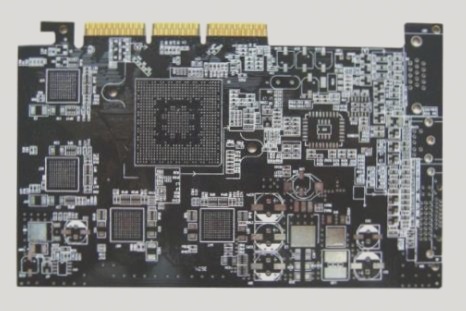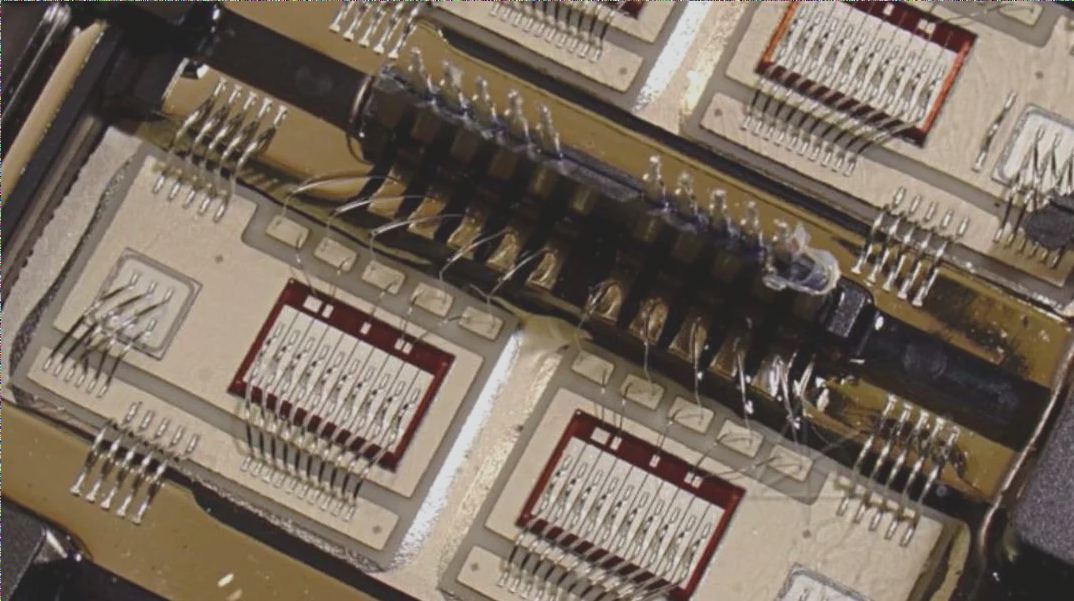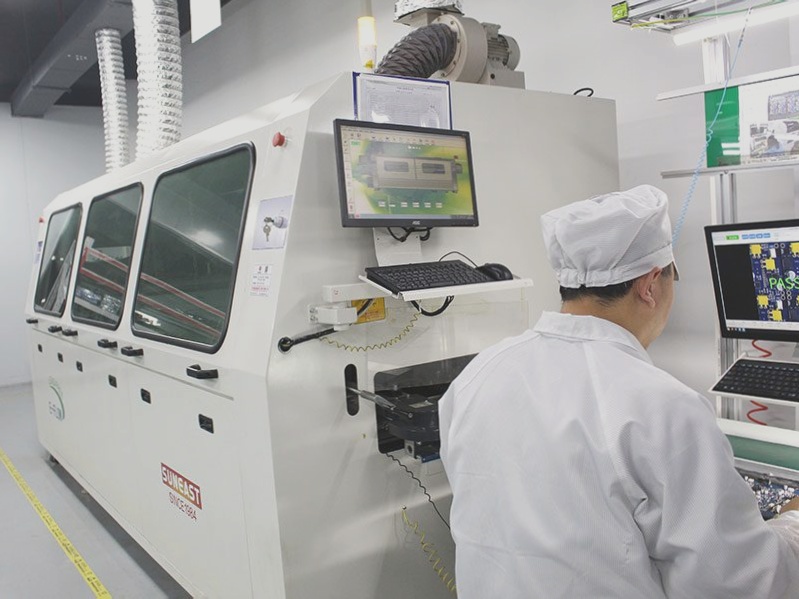Analysis of Challenges in the Selective Soldering Process of PCBs
1. Selective soldering in the PCB electronics industry offers advantages over traditional wave soldering by focusing solder application on specific areas, reducing costs, and accommodating sensitive components, thereby driving its increased adoption.
Analysis of Challenges in the Selective Soldering Process of PCBs Read More »



